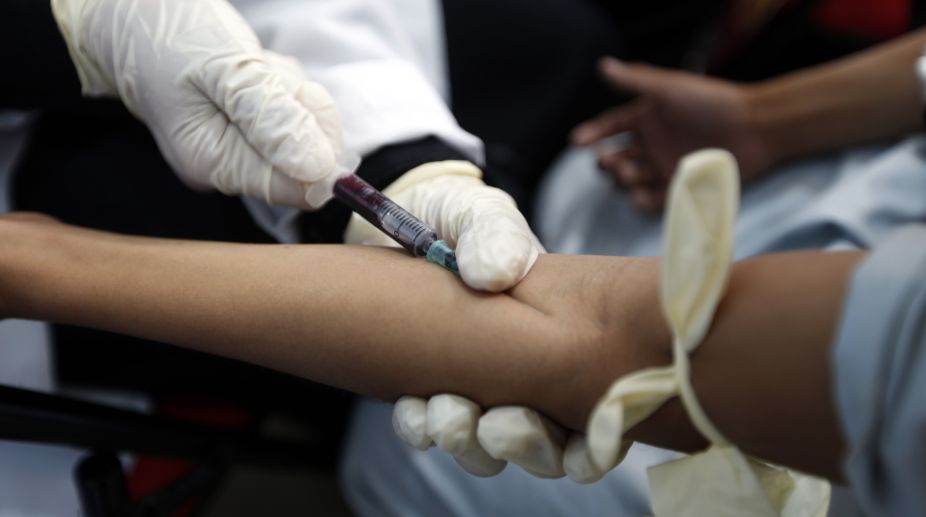Ward 99 residents cheer as KMC gets busy restoring pond
When a JCB, deployed by the Kolkata Municipal Corporation moved into action to restore a more-than-half-filled pond this morning, it gave the residents of Ward 99 some ray of hope.

Representational image (Photo: AFP)
Finally, the Kolkata Municipal Corporation today admitted it had detected leaks in its underground water and sewage pipelines in the areas where there has been an outbreak of diarrhoea.
The KMC had been on a denial mode for the past eight days about suspected contamination of drinking water and blamed, instead, packaged water sold in the market.
Over 3,000 residents in Baghajatin, Kasba, Jadavpur, Santoshpur, Mukundapur areas extending over 11 wards under the KMC have been affected by acute diarrhoea.
Advertisement
The diarrhoea outbreak on 9 February severely affected citizens in the southern part of the city. Baghajatin and its adjacent areas have been affected leaving residents hospitalised with the disease.
Mayor Sovan Chatterjee, had previously, on record, overruled the very possibility that the KMC supplied water could be contaminated due to any leakages in the pipelines and even asked people to continue drinking that water, as alleged by the Left councillors.
Further adding insult to injury, Mr Chatterjee, in an attempt to change the narrative and shift attention from the possibility of leakages in KMC pipelines, claimed that contamination was instead found in packaged water containers which were supplied by unlicensed vendors in the affected areas.
The director general (DG) of water supply, Bibhas Kumar Maiti commenting on the issue said, “We have traced few leakages in the pipelines and we are working on that. A surveillance process is being carried out by our engineers to trace the leakages.
“These leakages have been found in the pipelines running through the diarrhoea affected areas. We have submitted a compiled report, prepared by the engineers, to the mayor.”
However, Mr Maiti refused to comment on whether these leakages could be the cause behind contamination of the drinking water.
An official of the department stated that both pipelines-sewage and drinking water- ran parallel to each other and leaks in both the pipelines might have led to the mixing of water causing contamination of the drinking water.
Microbiology experts asserted that fecal contamination is one of the main causes of diarrhoea.
Some of the areas where the leaks have been traced are Baghajatin, Kasba, Jadavpur, Santoshpur, Mukundapur and few other areas along the EM Bypass stretch.
Explaining the risk of leakages resulting in contamination while referring to a similar incident in the past, Dr Asish Ghosh, environmental scientist, said, “A similar incident had taken place in the mid-80s when residents of the Kidderpore area were complaining of a foul smell in the drinking water supplied by the KMC.
“After investigation, it was revealed that the sewage pipeline running adjacent to a drinking water line had grown leakages due to rusting of the pipe and the water from the sewage pipe was leaking into the drinking water pipeline which also had a leak.”
“The underground pipelines erodes with time, they rust and eventually pave way for a leakage which may have been caused during some underground works.
“Sewage pipelines running adjacent to the drinking water ones create a high risk of contamination,” he added.
Advertisement